22 times quieter than the subway: uLite in comparison with public transport
Noise in public transport is not only an irritating factor, but also a cause of serious diseases, such as cardiovascular or related disorders of the central nervous system. Is there a transport that is safe in terms of noise level for passengers? To answer this question, we compared the degree of acoustic comfort of uST transport with those of the subway and tram. The current uLite complex in Maryina Gorka is taken as a basis.
Tram
The noise that tram passengers feel is in the range of 83-84 dBA. It is very loud and comparable to a human scream or the hum of busy traffic. It will be definitely unpleasant in such a car.
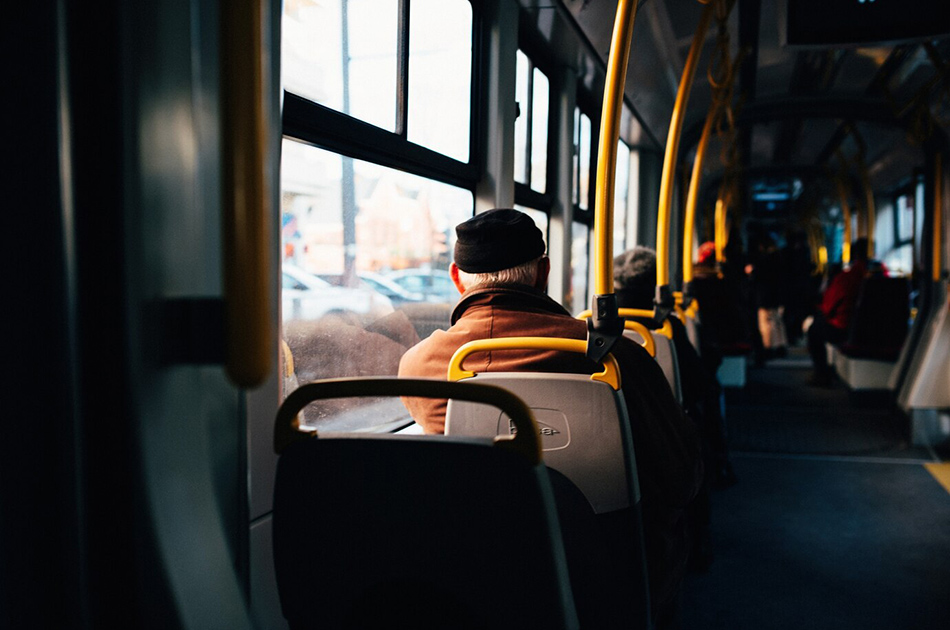
The main source of noise in the tram is the irregularities on the rail surface. They are caused by overloading of the tracks and weather conditions. The car shakes violently on the bumps, which causes all metal structures and glass to tremble. The tram with its entire 20-ton mass literally hits the rail.
Over time, the fitting of the rail joints and the condition of the railbed elements only deteriorate. And the impact load on the tram structure is growing.
Additional noise is created by the friction of the pantograph against the contact network wire along with the operation of the electric motor.
Subway
The noise in the subway is the strongest one. It reaches 95 dBA inside the cars, especially those of the old design. For comparison, the acceptable limit is considered to be 80 dBA. Louder sounds can already cause unpleasant sensations.
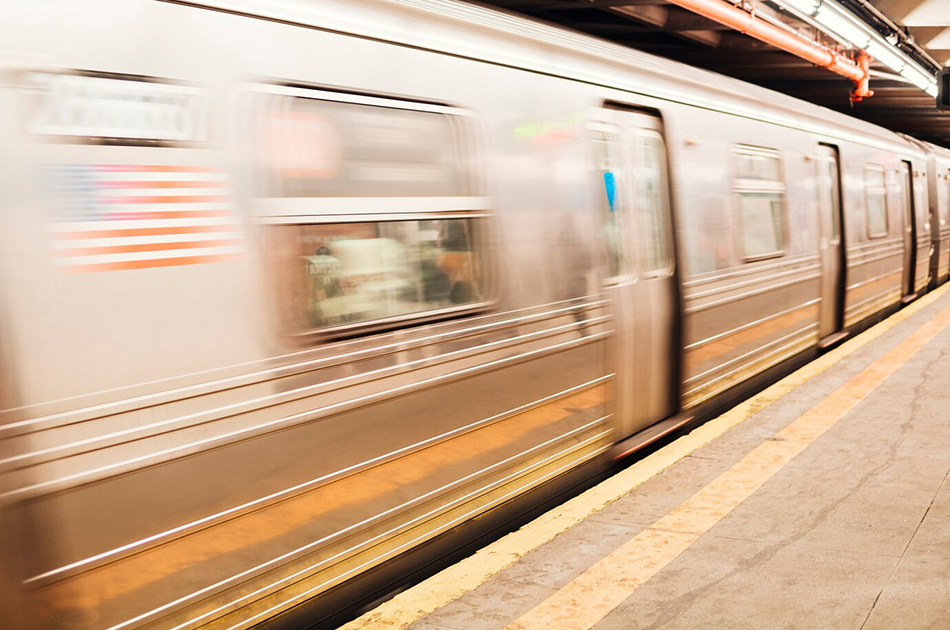
The main source of noise is the irregularities of worn rails and the joints between them. The steel wheels make a pretty strong clang as they pass, joined by the sound of the electric motor, which is clearly audible when braking and starting the train. Unpleasant sounds also come from the car couplings.
A loud creaking often occurs when the wheels press on a curved section of track. And these sections are plenty in subway.
Another important factor is that a subway train passes through a tunnel. This significantly enhances the acoustic effect.
For example, in Moscow, on one of the crossings of the Tagansko-Krasnopresnenskaya line, journalists recorded a sound level equal to 102 dBA, which is 5 times higher than normal.
uLite
uLite is a fairly quiet mode of transport – the noise inside the uPod is in the range of 68-69 dBA. This is achieved by combining a number of engineering solutions. Thus, the design of the load-bearing hull elements prevents the transmission of sound waves. The polyurethane wheels coating reduces noise from its strongest sources – the contacts of the wheel-rail pair.
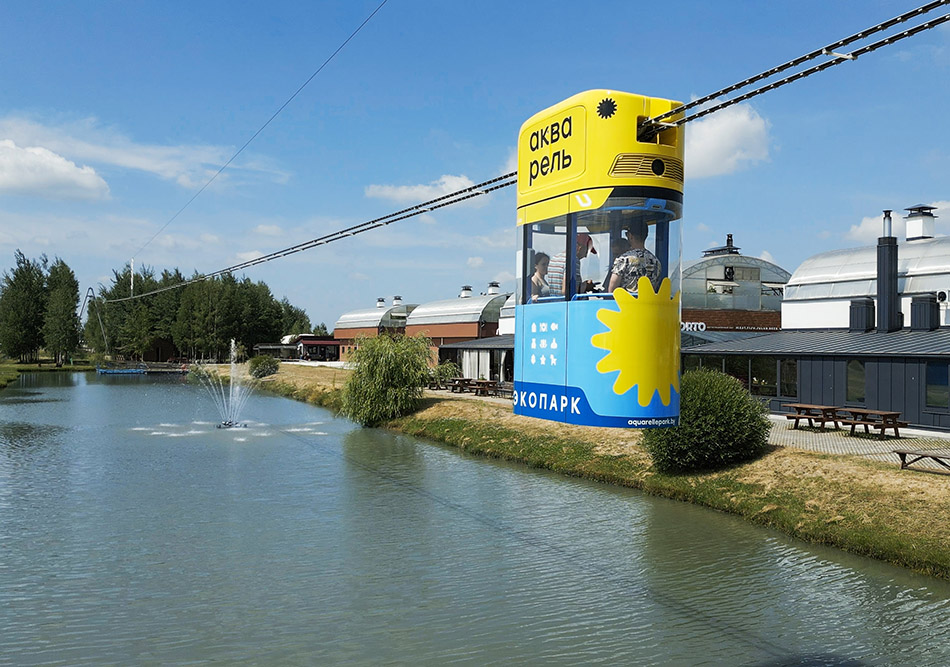
The uLite layout is designed in such a way that the sound sources and vibrations are as far away from the passenger module as possible.
For example, the uLite drainage tray is sealed relative to the passenger module and equipped with additional noise and vibration isolation. Thanks to this, it was possible to cut off the paths of direct sound waves and at the same time increase the protection of the passenger module from moisture.
Taking care of the passenger health
Noise is dangerous as it has a cumulative effect. It all starts with a little fatigue and is gradually followed by chronic diseases. Noise affects not only the hearing, but also the internal organs. Therefore, it is important to make public transport as quiet as possible. Inside the uLite, it is 22 times quieter than in a subway car, and 6 times quieter than in a tram. This means that the health of its passengers is not in danger.
More news

News
17 March 2025
Lectures on uST Transport Technology Were Held at Belarus’ Leading Universities
Unitsky String Technologies Inc. recently hosted lectures at the Belarusian State University (BSU) and the Belarusian State Economic University (BSEU).
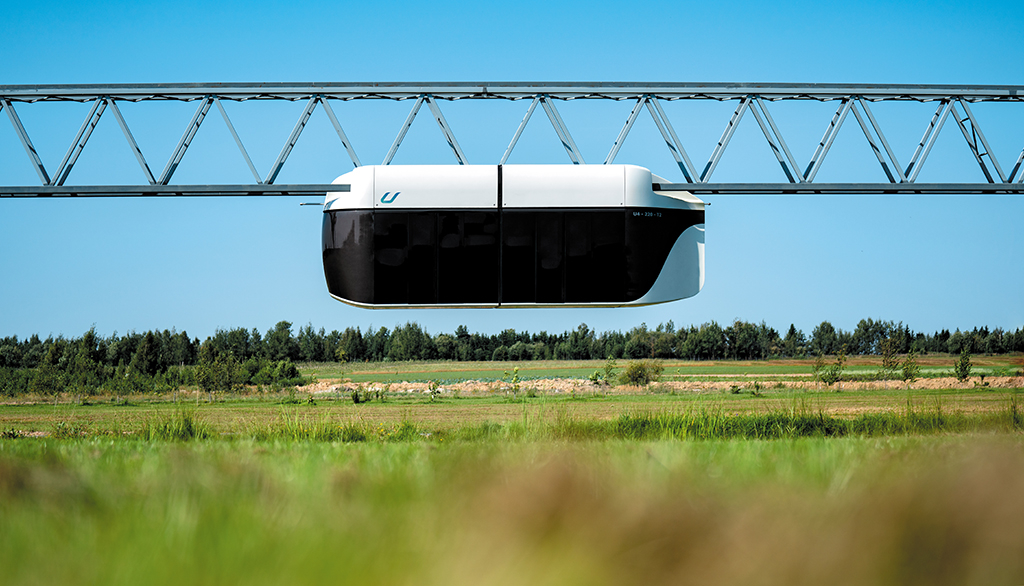
News
15 February 2022
The Report: Unitsky String Technologies Inc. Developed a New Transport Improvement
It is especially lively today in EcoTechnoPark of Unitsky String Technologies Inc. uBus U4-220 awaits another improvement. This is an innovative pneumatic suspension developed by the company’s engineers (previously was used a mechanical one). Now it is necessary to remove the vehicle from the track structure and deliver it to production to replace this important element. Read in our report about how it was.
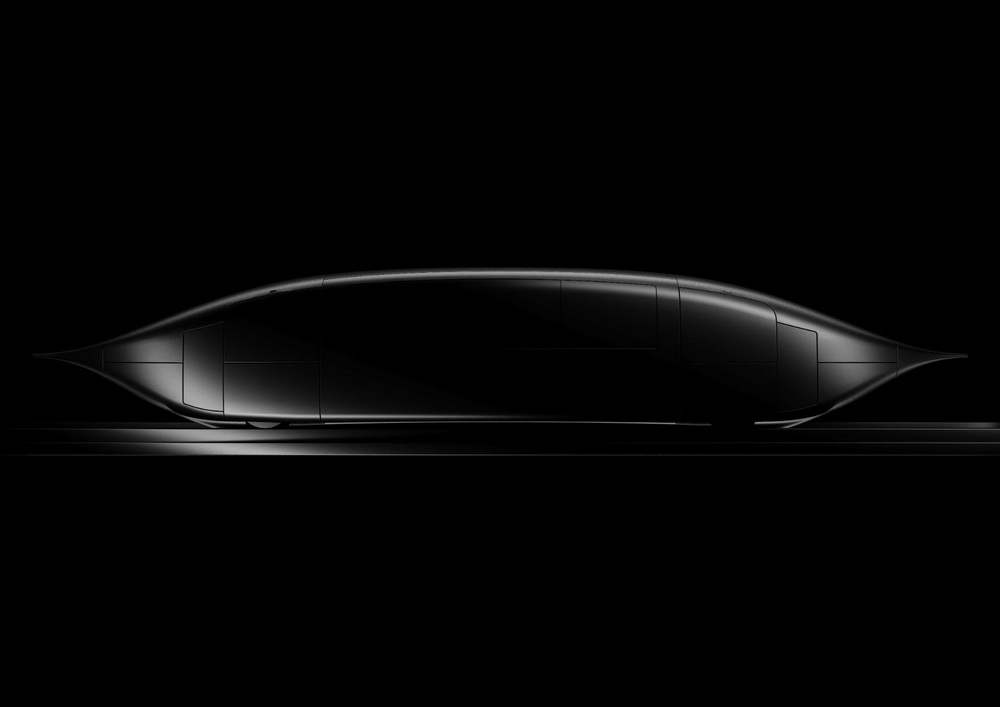
Interviews
15 December 2021
UST 2021: General Design Engineer of High-Speed Transport Complex Shared the Company’s Achievements
We spoke to Chief Structural Design Engineer of High-Speed Transport Complex Aliaksandr Kryvitski to learn what results have already been achieved.

